Ah, Paradise Wood. It’s a name which, for me, has always evoked a sense of magic and mystery.
It had been years since I’d explored the vast designed landscape, and that had been in autumn, with leaves bursting into gorgeous shades of burnt orange, red and yellow.
I tried to find the spot, about 3km from Monymusk, earlier in the summer, but Google maps defeated me and I made do with a fabulous swim at the Lord’s Throat.
Determined to find the start point for the woodland walk, I had better luck last week when I used the what3words app.
This took me to the entrance to the woods where there’s space for a few cars to park.
It’s a fairly easy ramble along the banks of the River Don, in the valley between Millstone Hill on the Bennachie range, and lesser-known Pitfichie Hill and Cairn William on the Menaway range.
It’s a route you can turn into a circular, as I did. But I should warn that the circular involved battling through thistle and nettle-strewn margins of various crops (although these may now have been harvested) and there’s nothing in the way of signage.
So you could well get lost…
It’s just as fabulous to stroll through Paradise Wood and return the same way, but I was keen on an adventure, and so an adventure I had.
What is Paradise Wood?
It’s a historic designed landscape, notable for the size, number and variety of trees – including oak, beech, larch, yew, Scots pine, cherry, and some absolutely enormous redwoods.
They were planted by progressive laird Sir Archibald Grant in the early 18th Century.
The Grant family had acquired the Monymusk Estate in 1712 and Archibald became factor on his 20th birthday in 1716.
Over the next six decades he transformed the estate, establishing industries including a distillery and a glassworks, revolutionised farming, and planted more than 48 million trees, including at Paradise Wood.
The entrance to the wood is in a lane next to Paradise Cottage, which boasts an award-winning topiary hedge created by the cottage’s owner David Hawson.
On one side of a central arch is the tale of Moby Dick, and on the other a pageant of British birds and a tribute to The King on his Coronation.
Beam me up, Scotty!
Another surprise at the entrance the wood is an old red phone box. And it’s not just any old phone box!
A peek inside it reveals an impressive, surreal artwork, plus a ‘teletransportation’ facility.
Instructions tell those wishing to be teleported that they should: “Dial the area code followed by the number of their intended destination and the date and time they wish to travel to.”
And they warn you to adjust your clothing as you’re entering “a space time continuum”.
Another thing to note is that teletransportation is not available “to areas outwith this solar system” from June to August due to the “risk of transporting midges to other planets”. It certainly brings a smile!
Leaving the magic phone box behind, I passed through a metal gate into the woods, soon running parallel with the River Don.
Walk packed with curious features
I paused at a cute wooden hut, which seemed to have been long abandoned, and then took a wee detour down to the water to check out a huge boulder in the middle of the river known as the Nebbit Stane.
Further downstream, along the lovely section of road known as the Lord’s Throat, are a series of flat stones, and it’s from these that I had swum recently; it’s a popular spot for a dip.
There are so many trees (and some cool fungi) to admire here, and with the river, woodland and enchanting atmosphere, it’s easy to see why this is called Paradise.
I left the woods when I reached an open field, but this is the point at which those wishing for less of an adventure should turn back.
After about 20 minutes I skirted a farmhouse and swung back to the riverside, but any sign of a track completely vanished.
I stuck as close to the water as possible, but it was tricky at times, with a barley crop in full flourish, and the field margin full of unfriendly weeds keen on stinging and pricking.
When I eventually came to another wee woodland – Craigton Wood – and spotted a post for a fishing beat, I was able to pick up an overgrown path.
This emerged onto a clearing on a forestry road, and it was here that I’d planned to return on a circuit.
Hunting seat of the Earl of Mar
However, I’d read that if I carried on for a short distance uphill, in the direction of Millstone Hill, that I’d be afforded cracking views of the impressive Place of Tillyfoure.
It’s definitely worth the extra few minutes’ walk – Tillyfoure is immense!
It apparently began life in the 16th Century as a small fortified house, but it was restored and extended in 1884.
It originally belonged to the Earldom of Mar and was used for hunting.
The lands were forfeited to the Scottish Crown in the 15th Century, and bestowed by James IV, the King of Scotland, on Sir John Leslie of Wardhouse in 1508.
When Sir John died in 1640, his widow married Sir Alexander Gordon of Cluny, and the lands passed to the Gordon family.
My return route, after heading back to the clearing, was easy – onto a forestry track and then a quiet country road.
The views as I strolled, of farmland and rolling hills, were fantastic. Spotting some delicious juicy brambles was a bonus.
I was back at my car in just over two hours of setting off.
- A swim on the River Don from the flat stones at the Lord’s Throat is recommended for those brave enough to battle the cold, fast-flowing waters.
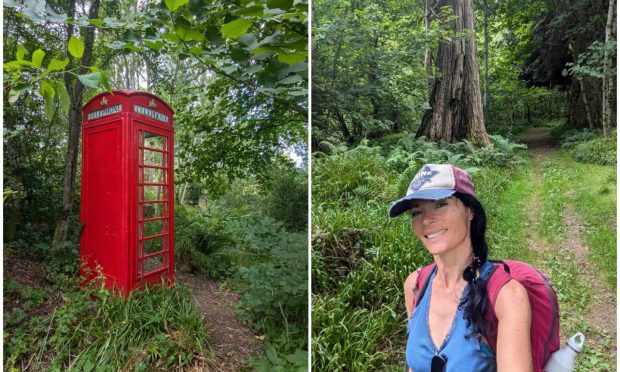
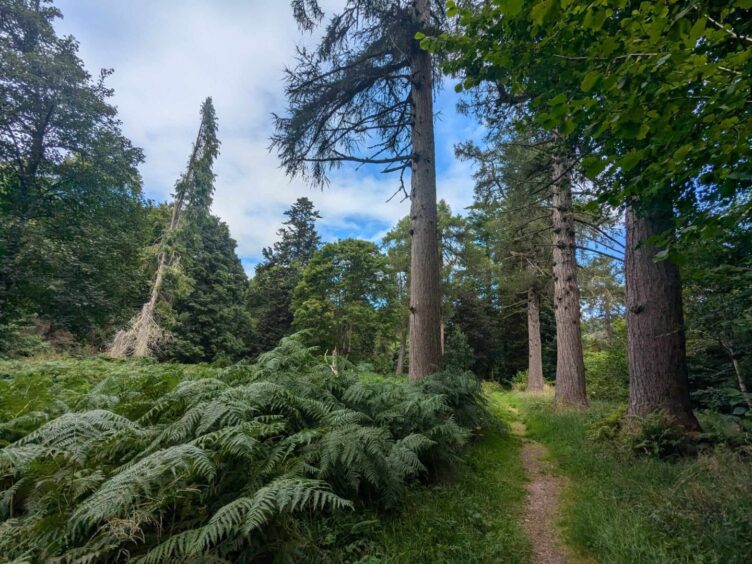
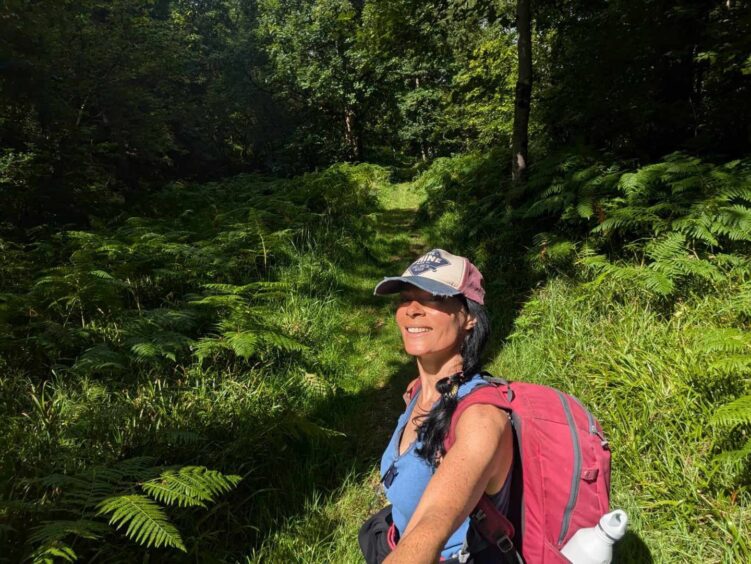
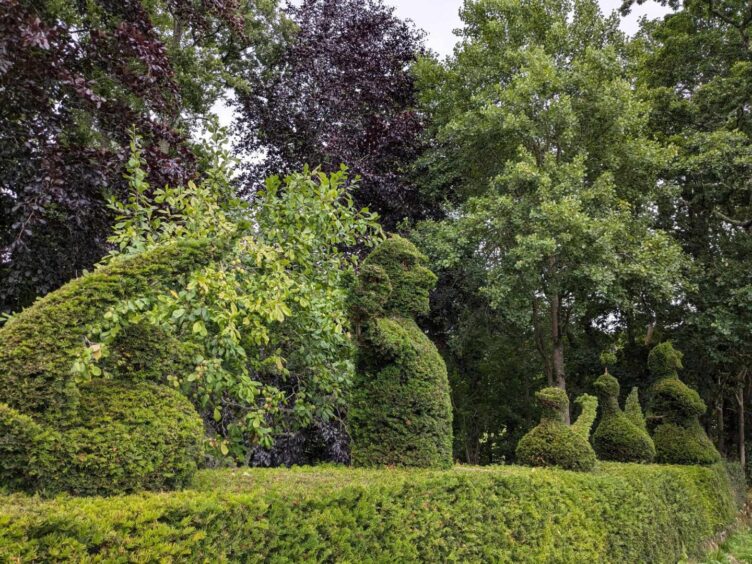
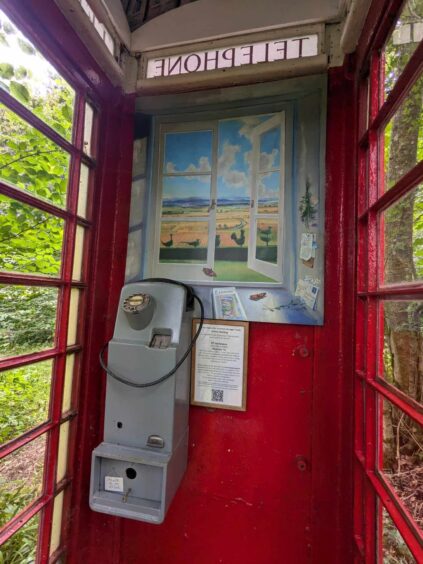
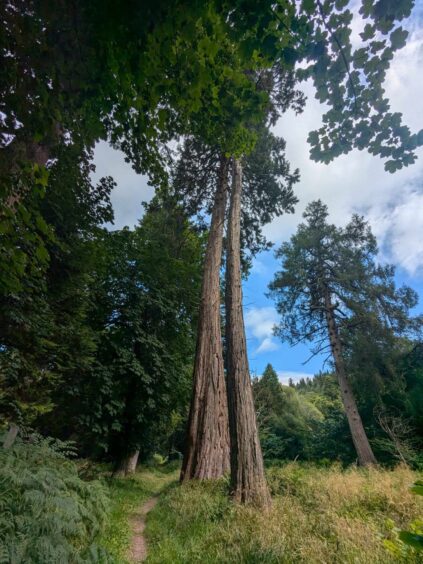
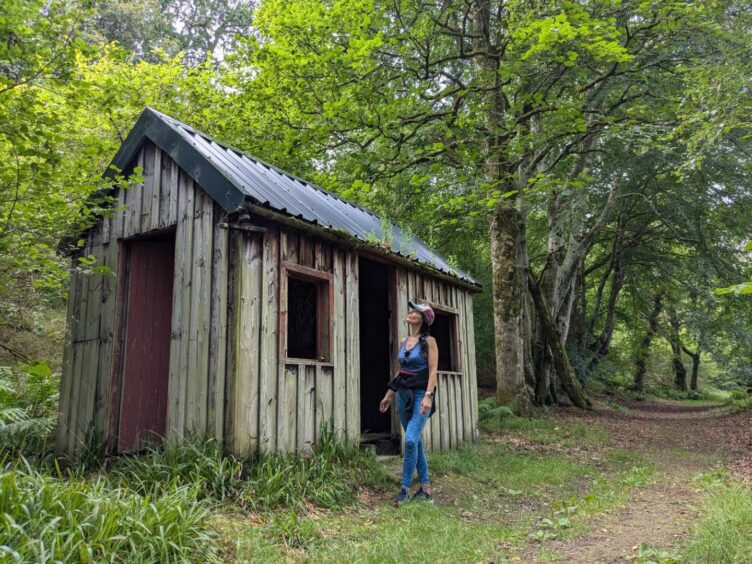
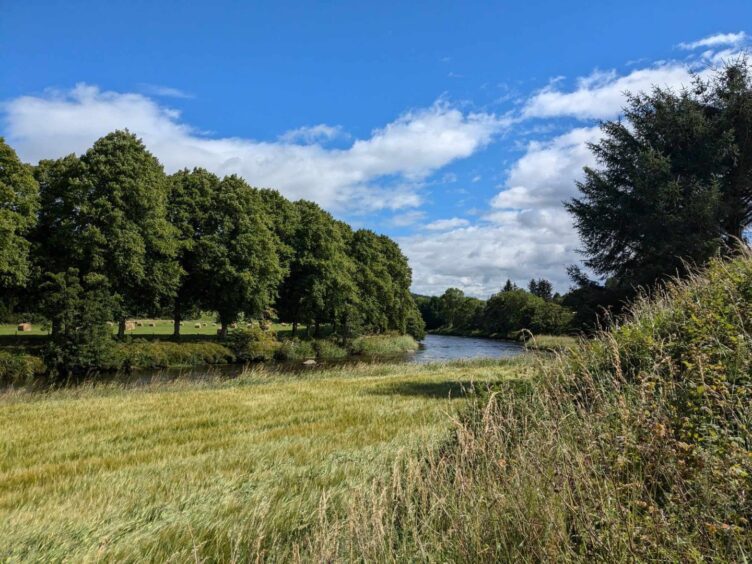
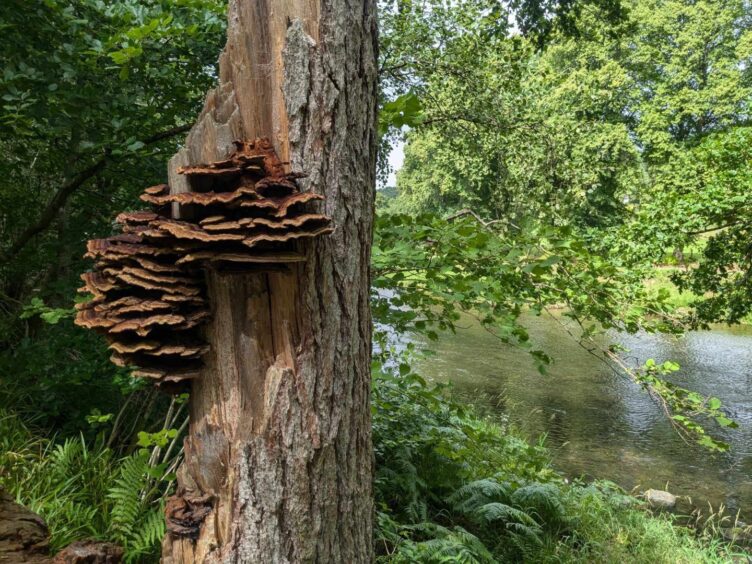
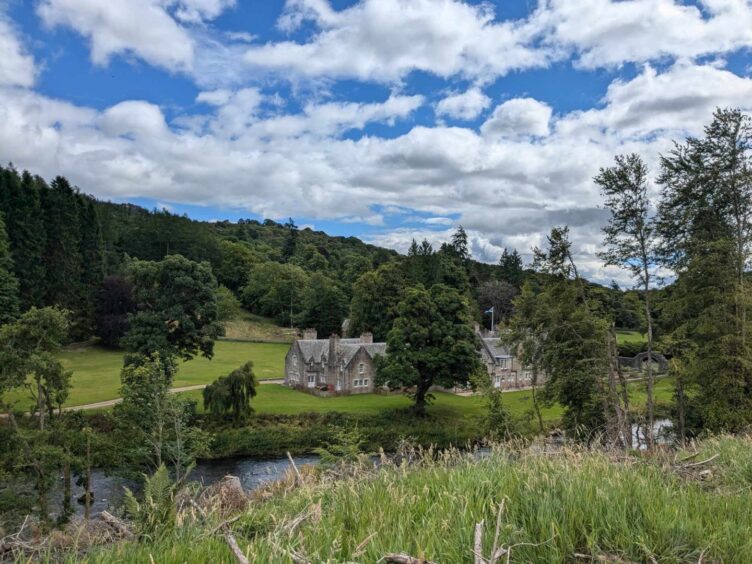
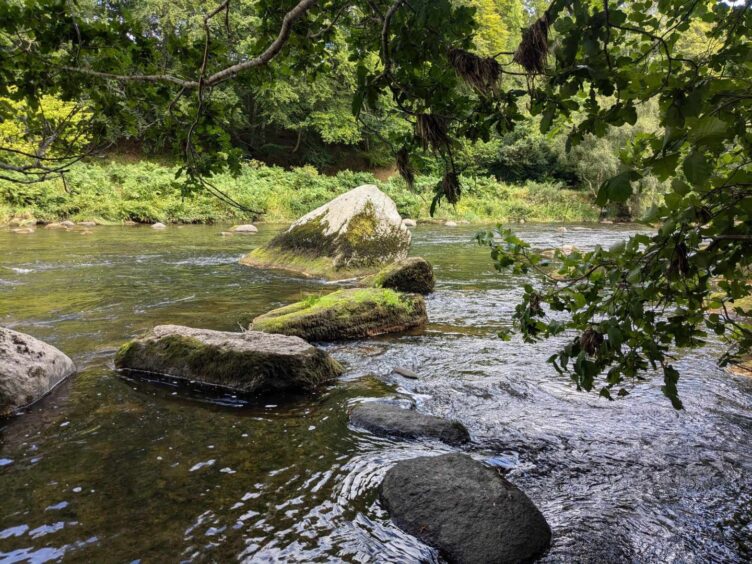
Conversation